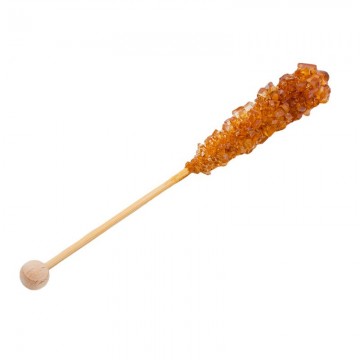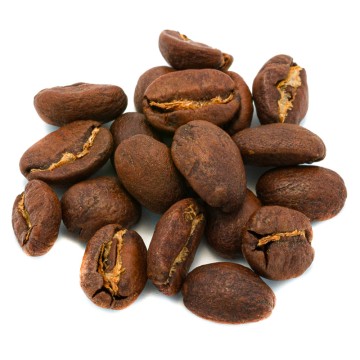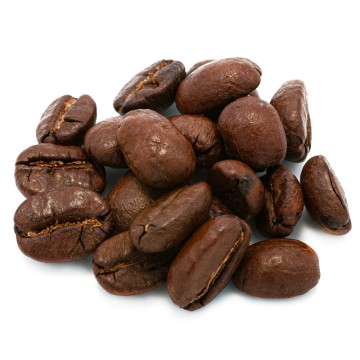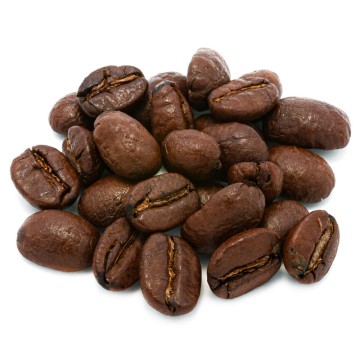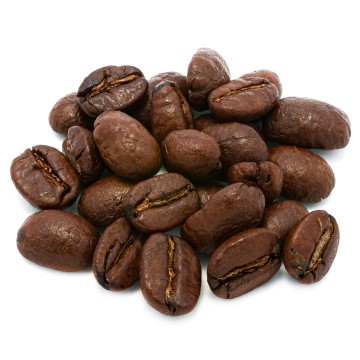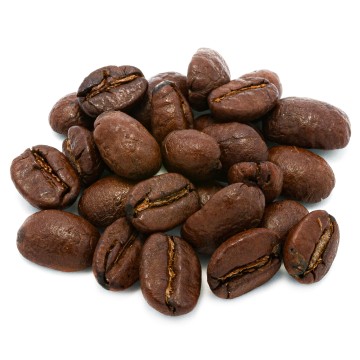A selection of arabica from Central and South America flavored with strawberry which lends itself to being a perfect base for strawberry cheesecake.
Coffee and strawberry, origin of plants and diffusion
Coffee could be obtained from various plants of the Coffea genus in the Rubiaceae family, but two are used: the more prized Coffea arabica from which the coffee called arabica is obtained and the less valuable Coffea canephora from which the so-called robusta is obtained. There is another species of Coffea that has a commercial interest for the coffee industry, it is Coffea liberica which has been used in crossbreeding to try to select varieties of arabica that are more resistant to the fearsome "roja", the rust of coffee leaves. Coffea arabica originates from Ethiopia, today coffee is grown in other African countries, but only in Ethiopia is it part of the traditional culture, in other countries it was in fact introduced by Europeans.
In Ethiopia the plant has been used since the 9th century, perhaps even earlier, but initially not to make a drink, leaves and seeds were eaten added to mixtures of other foods. Coffee arrived some time later, however before its introduction into Europe, in fact we know for sure that coffee shops existed in Yemen as early as the 15th century, for this very reason, probably for a certain time, some scholars believed Yemen was the area of origin of Coffea arabica.
In Europe, coffee was introduced by the Turks at the beginning of 1600 in Vienna, the introduction in Italy took place in Venice at the end of 1600. In Europe and Italy the passion for coffee developed impetuously, but as we know the European climate is not conducive to cultivation, but it didn't take long for the Spaniards and Portuguese who were colonizing the New World to realize the enormous potential that there was in the countries of Central and South America for the cultivation of coffee, so in 1700 it was already introduced in Brazil and shortly thereafter many other countries followed.
Strawberries are native to America and Eurasia, the Romans certainly already knew them, but the strawberries they knew are different from the modern strawberry. Today many varieties of strawberry are grown in the world but they are all the result of crosses starting from two American species. But let's go in order, in botany strawberries mean the plants that belong to the Fragaria genus of the Rosaceae family (to which practically all the main fruit plants belong), the genus includes around twenty species. Among these, Fragaria vesca should be highlighted because it is the one that grows spontaneously in the Italian undergrowth and is in fact commonly known as wild strawberry.
In the past, strawberries were uprooted from the woods and brought to the gardens, but the true cultivation of what would become the modern strawberry began in Brittany (northern France) in the mid-18th century with the crossing of two species imported from America: Fragaria virginiana (coming from North America) and Fragaria chiloensis (the name suggests it is native to Chile but in reality it is native along all the Pacific coasts of the American continent), from that cross was born Fragaria × ananassa which is what the English call garden strawberry and then from further crosses always derived from those two species almost all the species grown for commercial purposes were derived.
Everyone knows what strawberries look like and that they are small perennials that grow up to 30 or 40 centimeters, what perhaps not many people know is that the succulent fruits are in reality of false fruits, they are in fact the floral receptacles (while the fruit in botany is what derives from the flower), the real fruits of the strawberry are the seeds that you see on the surface

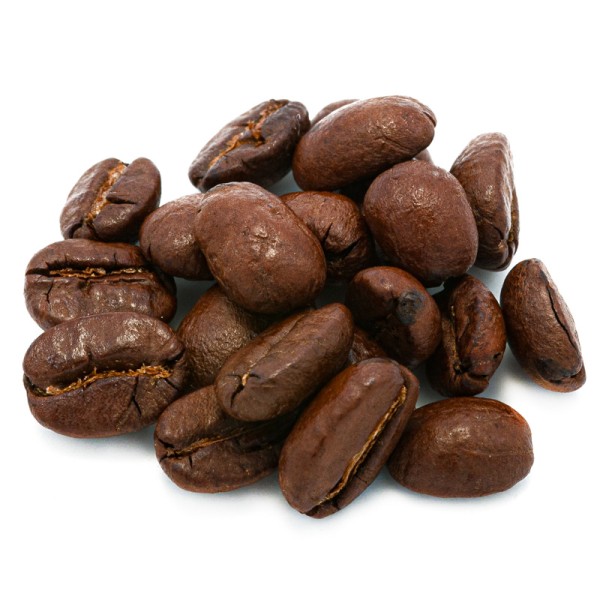

 No reward points for this product.
No reward points for this product.



